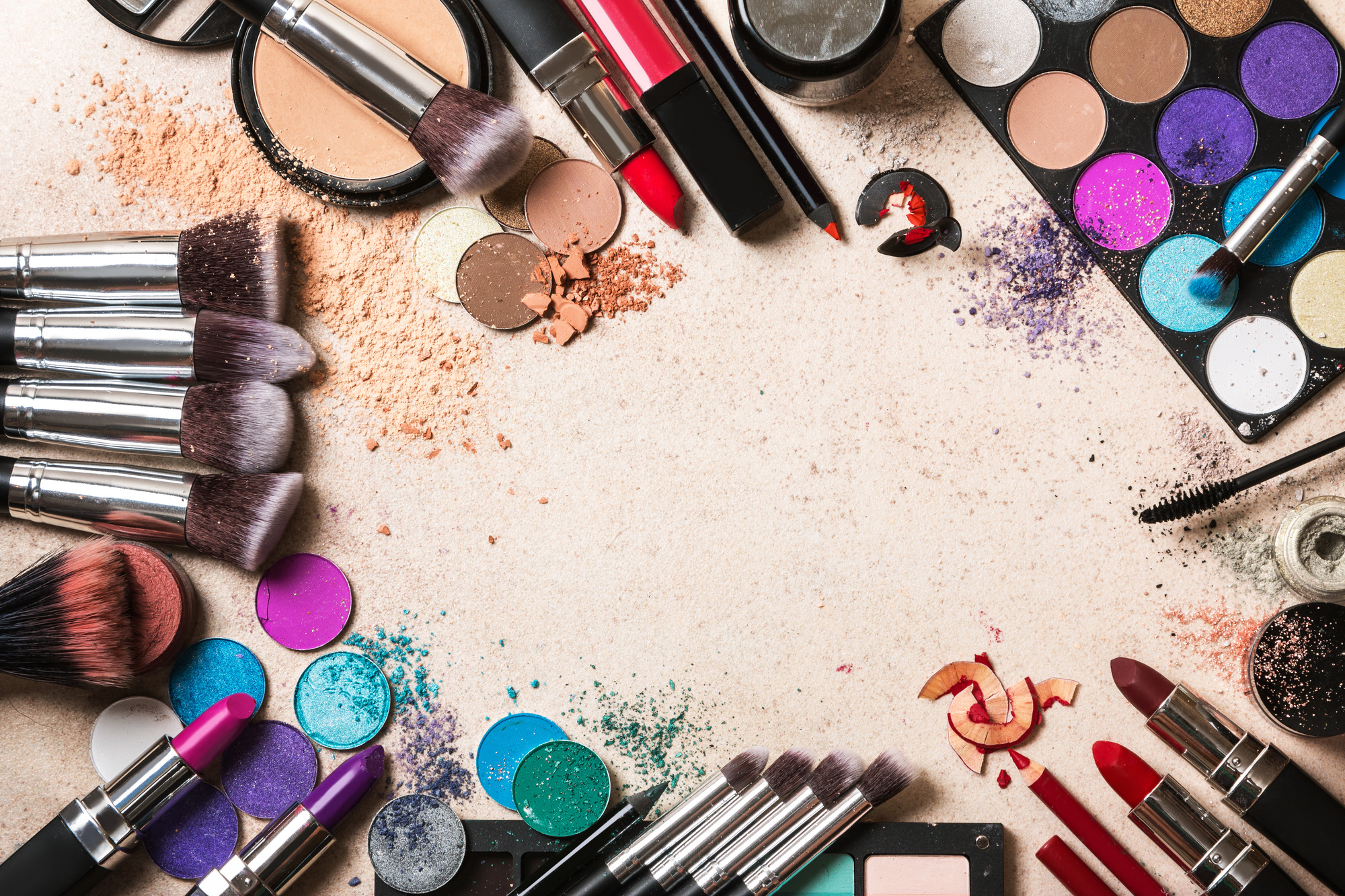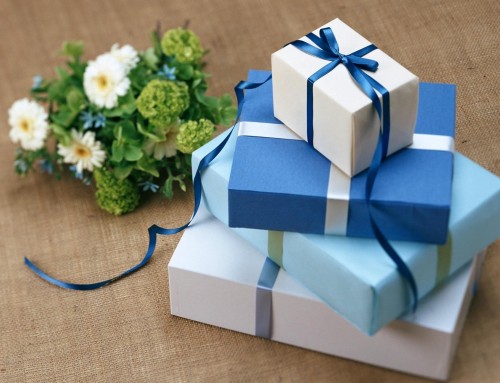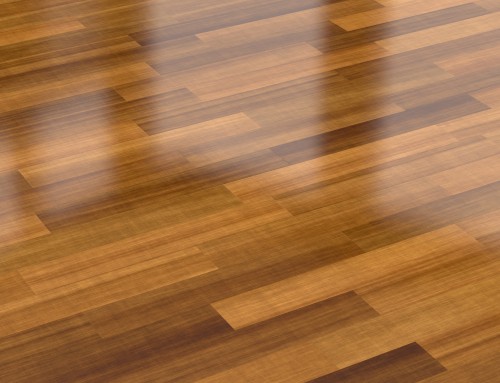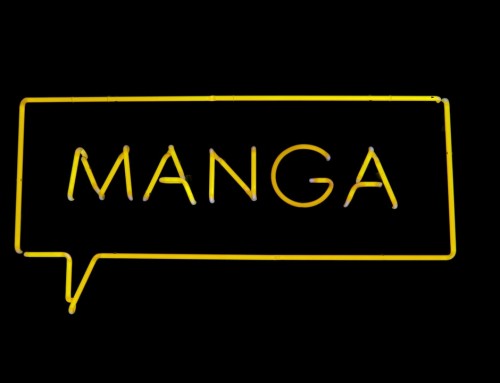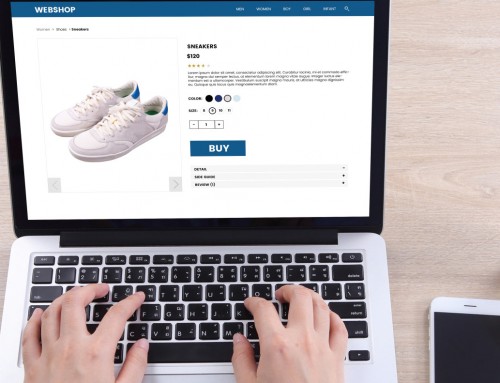Waking up in the morning, do you open your bathroom cabinet door to find way too many cosmetics? Some of them may be new but, let’s be real, there’s probably some that have been in there for a while. As much as we’d like to think that our cosmetics have no expiration dates, the reality is that many of them do.
Cosmetic expiration dates are ignored but this can come with some consequences, especially since expired chemicals in beauty products can be bad for our health. The issue is – it can be difficult to know how to tell! After all, many of the items used tend to have the expiration date on the box or it gets rubbed off after so many uses.
Keep reading if you need help figuring out your makeup expiration dates.
What Is the Shelf Life of a Cosmetic?
When someone talks about shelf life, they mean the length of time that a product acts as expected as is safe to use. The shelf life depends on what type of product is used, how it’s used, and the way you store it.
If you ignore the shelf life of a product then you could risk eye infections or a skin reaction. Remember that your skin absorbs whatever you place on it so if you’re using expired chemicals, it can be detrimental to your health. A good rule of thumb is that you should replace mascara 3 months after purchase.
Be wary of the short shelf life that all-natural products tend to have. This is because they tend to be made of plant products that easily grow microbes. Since these products often contain no preservatives, it increases the risk of contamination.
Look for This Particular Symbol
There’s an easy way to note your cosmetics expiration date that you may have overlooked. When you purchase a new product, check for a tiny symbol on the label. It’s a little oval jar called the PAO (Period After Opening) symbol and it shows you the number of months that the product is safe to use after you open it up.
This little symbol began in 2005 when the European Commission required cosmetic products with a shelf life of 30 months or more to highlight this symbol. If you notice that your cosmetic label doesn’t have a PAO symbol then the product likely has a ‘best before date’.
The shelf life of your cosmetic depends on what type of beauty product it is. Things like foundation, primer, and blush generally last up to 24 months. Lip products should be replaced sooner, after about a year.
What Affects Shelf Life?
Your cosmetics go through a lot and the things they go through can affect their shelf life and make it shorter. Take a look at the different things that could be:
- Using applicators that are exposed to bacteria whenever you use them,
- Products drying out.
- Preservatives breaking down which allows bacteria to grow.
- Dipping fingers into products can add bacteria and fungi.
- Exposure to moisture.
It’s good to know that eye-area cosmetics have shorter shelf lives than other products. This is because it’s easy to get eye infections. Things like eyeliner and mascara should be replaced two to four months after you buy them.
While 59% of American women read cosmetics labels to check for harmful ingredients, that means there are millions of women who don’t. Dealing with infections is going to be costly and can cause serious damage.
How to Be Safer With Cosmetics
Now that you are more informed on how to check your beauty expiration dates and how the shelf life might be shorted, there are some tips you can take to make your cosmetics as safe as possible.
Not Sharing Is Caring
Try to minimize sharing makeup with other people. You never know the type of bacteria you might be spreading and you’re risking sharing an infection. This also includes the different testers used at stores.
All types of people touch the applicators and testers at cosmetic stores so be sure that when you’re testing, you have a clean and new applicator.
Dry Mascara
There’s no reason to keep dry mascara. Don’t try to resurrect it by adding water or any other type of liquid. This might introduce bacteria to it.
If you think you have an eye infection then be sure to talk to a health care provider immediately and stop using any eye cosmetics. Also, be sure to throw away any cosmetics you were using during the time of infection.
Keep It Clean
This might be a given but we all know how easy it can be to just buy something and forget about it. It’s good to practice cleanliness by keeping containers and applicators clean. Even giving the cabinet or bag where you keep your cosmetics a good clean doesn’t hurt.
Speaking of which, be sure to store the cosmetics properly. Don’t leave them in places full of moisture or where they’re exposed to heat. This will encourage bacteria to grow.
This isn’t only limited to the usual cosmetics, it can also apply to popular men’s items. Since there are a variety of men’s products, check this resource on beard products, and do your research on the shelf life of every product under your roof.
Cosmetic Expiration Dates
If you’re anything like us, it’s always exciting to buy a new beauty product. However, it’s a little too easy to forget how long it’s been around and when you’re supposed to toss it. Luckily, there are not only ways to check cosmetic expiration dates but tips to prolong shelf life.
You care about your skin and avoiding any infection is part of that. To do that, be sure to keep track of makeup expiration dates and be diligent about cleanliness. You and your cosmetics will be all the better for it!
If you’re looking for more articles about beauty, check out the rest of our blog!

